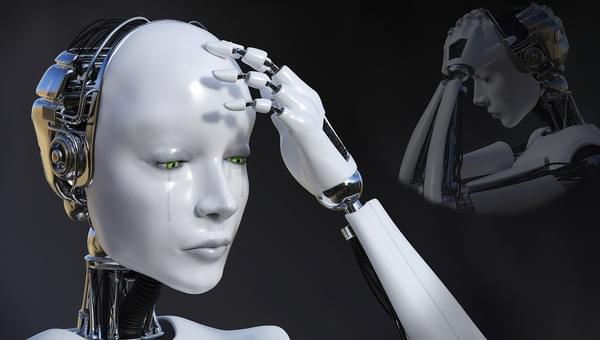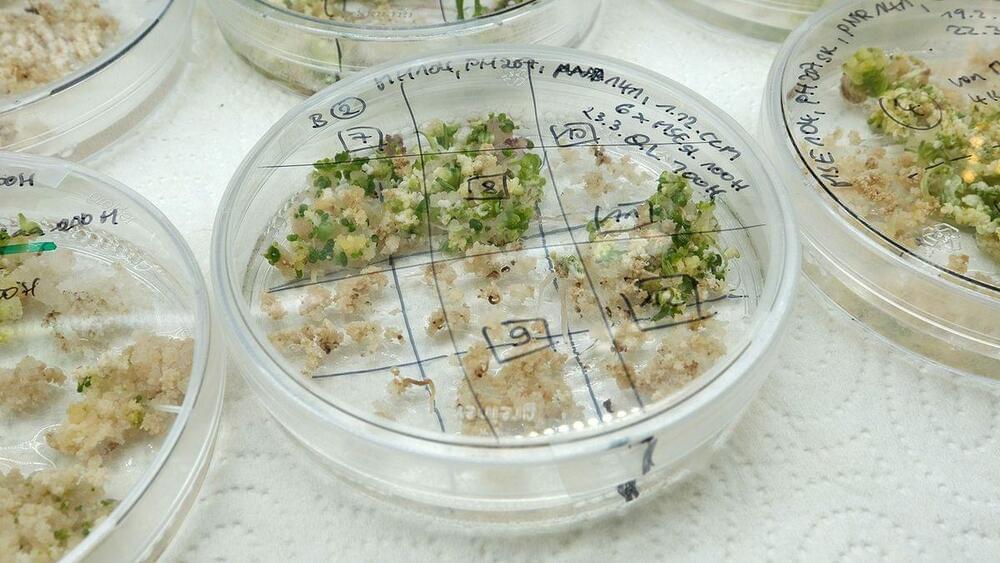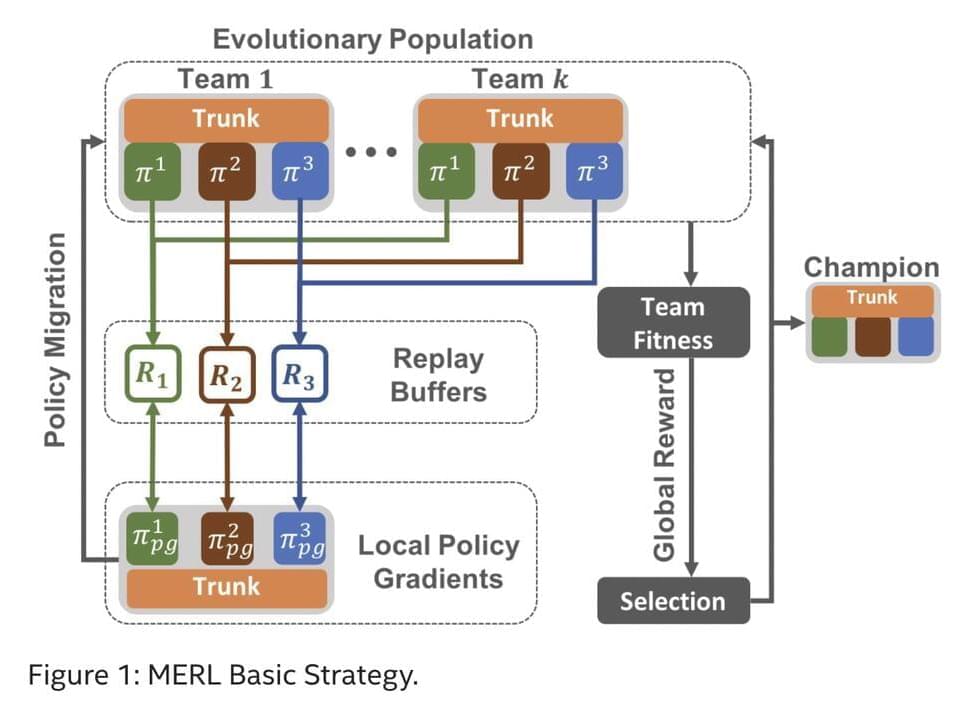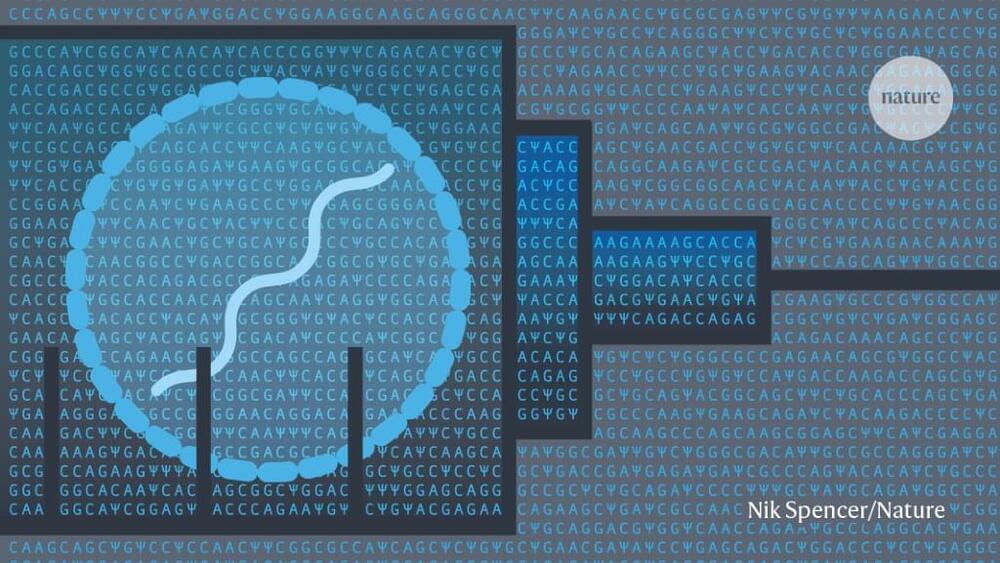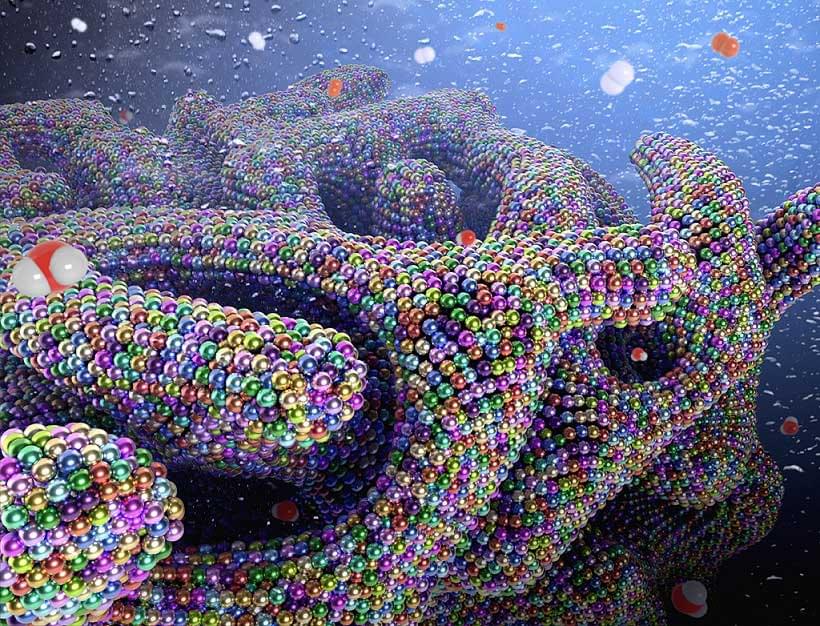Japan may have just changed the future of space technology! Join us… to find out more!
Subscribe for more from Unveiled ► https://wmojo.com/unveiled-subscribe.
What does space travel look like in the future? A recent breakthrough in Japan might’ve changed the direction that science is taking, and in a BIG way! In this video, Unveiled takes a closer look at rotating detonation engines, a new and efficient way to zoom spaceships through the void!
This is Unveiled, giving you incredible answers to extraordinary questions!
Find more amazing videos for your curiosity here:
What If NASA Explored Antarctica Instead? — https://youtu.be/oBPs7lyaHD8
Are We the Creation of a Type V Civilization? — https://youtu.be/T_u4lGDs3dM
0:00 Start.
